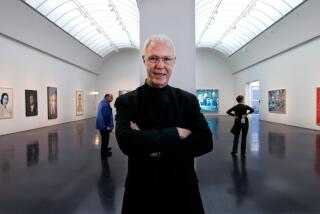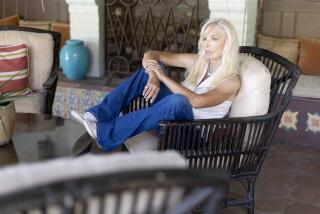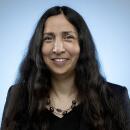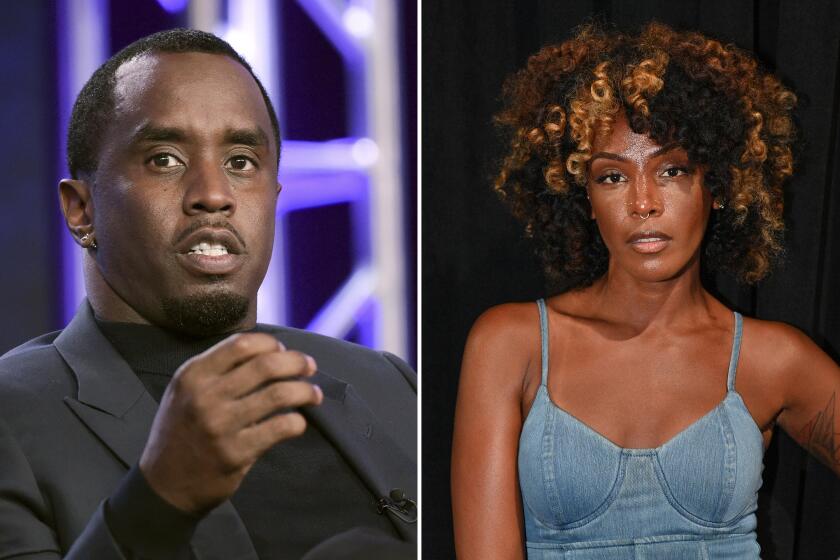2016 moment: The day Barack Obama turned the White House into a rock and tech fest
The last thing you expect to hear as you approach the White House, after making your way through a gantlet of security checkpoints, are the sounds of live rock and funk blasting through the East Colonnade.
You reach the East Garden Room and find the band Black Alley playing the music they’ve dubbed “hood rock” under the visages of Calvin Coolidge, Grover Cleveland and Millard Fillmore staring sternly from their presidential portraits. A few visitors dance along as many others take White House selfies.
Out on the South Lawn, which looks more like the festival grounds of Coachella than the site of countless Easter egg rolls, Nirvana’s “Smells Like Teen Spirit” plays while chefs feed vegetarian tacos, organic salad and compost cookies to a growing crowd awaiting the Dap-Kings, Common and the Lumineers to take the stage.
This is one party John Adams never envisioned when he became the first president to move into 1600 Pennsylvania Ave.
The October day Barack Obama opened the White House to a bunch of tech geeks, rock and funk bands, rappers, filmmakers, artists and social activists for the festival South by South Lawn was a moment that his presidency’s cultural impact was on full display.
We’ve become accustomed to seeing the president slow jam the news with Jimmy Fallon, share his Spotify playlists, declare that Kendrick Lamar’s “How Much a Dollar Cost” was the best song of 2015 and act as a Broadway incubator for Lin-Manuel Miranda’s “Hamilton.” He played along with Zach Galifianakis on Funny or Die’s “Between Two Ferns,” showed up at Marc Maron’s Eagle Rock garage for the podcast “WTF” and brought Keegan-Michael Key to the White House Correspondents’ Dinner to play his anger translator, Luther.
Never have we had a president more comfortable with pop culture.
It makes sense, then, that six months after he and the first lady gave keynote speeches at Austin’s annual tech, film and music conference South by Southwest, Obama would be the first — and perhaps only — president to bring his own version of the event to the White House.
South by South Lawn, called a festival of ideas, art and action, reflected many of the cultural shifts that happened during the Obama presidency.
David Adjaye, the Ghanaian British architect behind the innovative design of Washington’s newly opened National Museum of African American History and Culture, spoke with Los Angeles County Museum of Art Director Michael Govan and artist James Turrell about changing the parameters of public space and who gets to participate in the making and use of that space.
Common performed his song “A Letter to the Free” from Ava DuVernay’s documentary “13th” and told the crowd how he’s working to channel his frustration with recent police shootings of black men into action meant to help change the criminal justice system. “I couldn’t just take my anger and let it be anger,” he said before issuing a challenge to the crowd. “What could I do with my platform? What could you do with your platform?”
Congressman John Lewis, the civil rights-era icon who gained pop culture currency in recent years with his “March” graphic novel series, also challenged potential activists: “When you see something that is not right, not fair, not just, speak up! It is time for each of you as young leaders to get in trouble. Good trouble. Get in the way!”
President Obama appeared with Leonardo DiCaprio and scientist Katharine Hayhoe to discuss climate change before an outdoor screening of DiCaprio’s “Before the Flood” documentary, but it was the less-famous names that made the festival stand out. In the crowd, onstage and behind the scenes were activists, tech innovators and young entrepreneurs who seemed ready to take the spirit of innovation into the next presidency, no matter the obstacles.
“There is a renaissance happening of previously marginalized voices,” Brittany Packnett, co-founder of Campaign Zero, a policy-minded organization aiming to end police violence through training and community representation, said in one panel talk. “This event, in and of itself, is run by young people, by people of color and it’s incredible when previously there would have been only a few of us in this spot.”
On Twitter: @Laurie_Ochoa
ALSO
‘It hasn’t left me’: This is how Black Lives Matter created indelible 2016 moments
Best theater of 2016: A strong showing for women in an otherwise challenging year
The 10 best albums of a year defined by loss
More to Read
The biggest entertainment stories
Get our big stories about Hollywood, film, television, music, arts, culture and more right in your inbox as soon as they publish.
You may occasionally receive promotional content from the Los Angeles Times.











